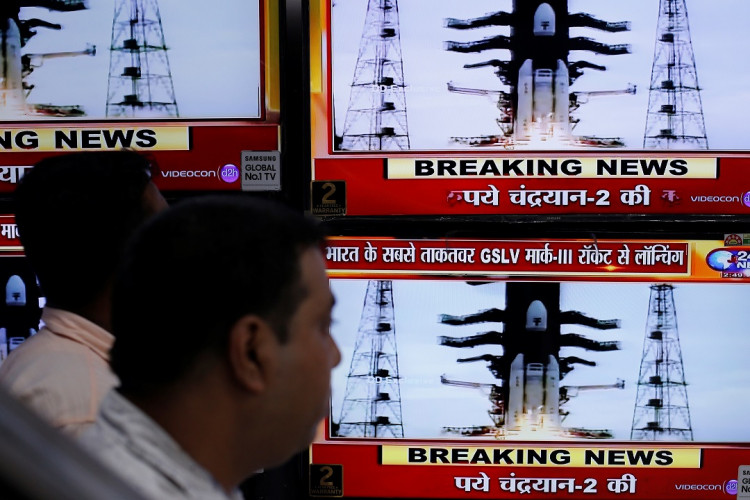The Indian Space & Research Organisation (ISRO) is set to launch Chandrayaan 3 in August this year, more than two years after its second Moon mission ended fatally on the lunar surface. The timeline was released by the Department of Space in response to Lok Sabha's questions about the Moon mission's delay.
"Right now, we're trying to test the propulsion system because, you know, the last time [we] had an issue with that," Somnath said, referring to the 2019 Chandrayaan 2 mission, which included a moon orbiter, a lander, and a rover.
The moon orbiter has been operating effectively for more than two years, but the Vikram lander suffered a hard landing after losing control of the spacecraft's thrust.
The Chandrayaan 3 lunar lander is in the assembly phase, but teams are still testing crucial systems, which means the launch, which was earlier scheduled for August, could be postponed until next year.
The Chandrayaan 3 mission will include a new lander and rover but no orbiter. The mission, like Chandrayaan 2, is expected to target a near-polar landing area and will operate on the surface for a single lunar day (14 Earth days); it will not be strong enough to survive the extreme cold of a lunar night.
Dr. Jitendra Singh, Minister of Science and Technology, responded to inquiries about the mission's continual delays by saying that the COVID-19 outbreak had impacted other ongoing missions.
"As a result of space restructuring and newly adopted demand-driven models, projects have been reprioritized," the minister responded.
The Chandrayaan3 mission advances on the discoveries of the Chandrayaan 1 mission, which launched in October 2008 and discovered evidence of water on the lunar surface. The lunar probe, which was supposed to launch in 2021, has been delayed due to the virus.
Two years after the Chandrayaan 2 crash-landed into the Moon's far side, the third lunar mission arrives. The orbiter survived the destruction of the lander and rover.
ISRO's crewed Gaganyaan mission is also progressing. According to India Today, Hindustan Aeronautics Ltd., a state-owned aerospace and defense company, supplied the first set of Gaganyaan hardware to ISRO on April 4.
The design of all Gaganyaan systems and subsystems has been completed, wrote Space Minister Jitendra Singh in response to a question submitted to India's parliament, the Lok Sabha, in March.
ISRO will test mission-abort sequences in August and December as the next steps. The tests are intended to ensure that safety systems will be able to deliver astronauts to safety in the event of a launch anomaly. Before India launches the Gaganyaan capsule into orbit, abort tests will be carried out. Only then can the first crewed launch attempt take place.




